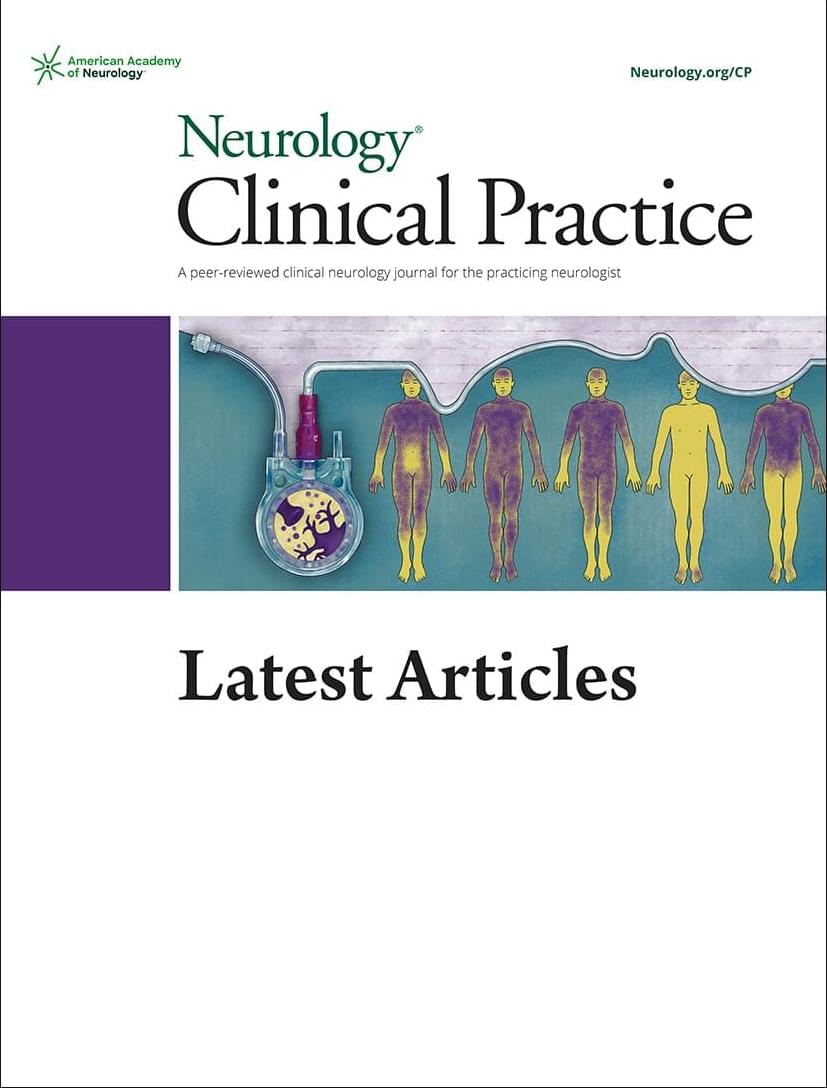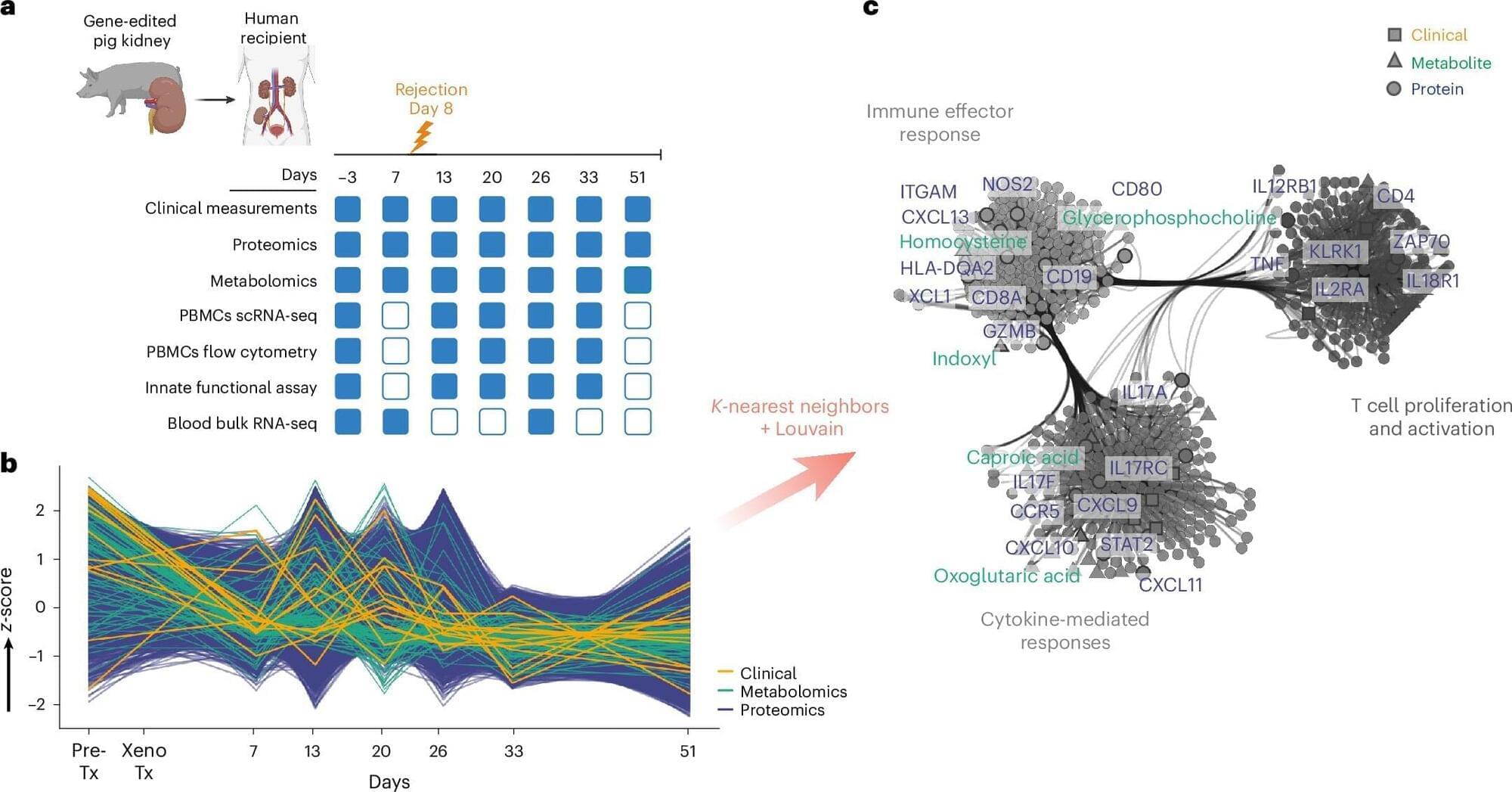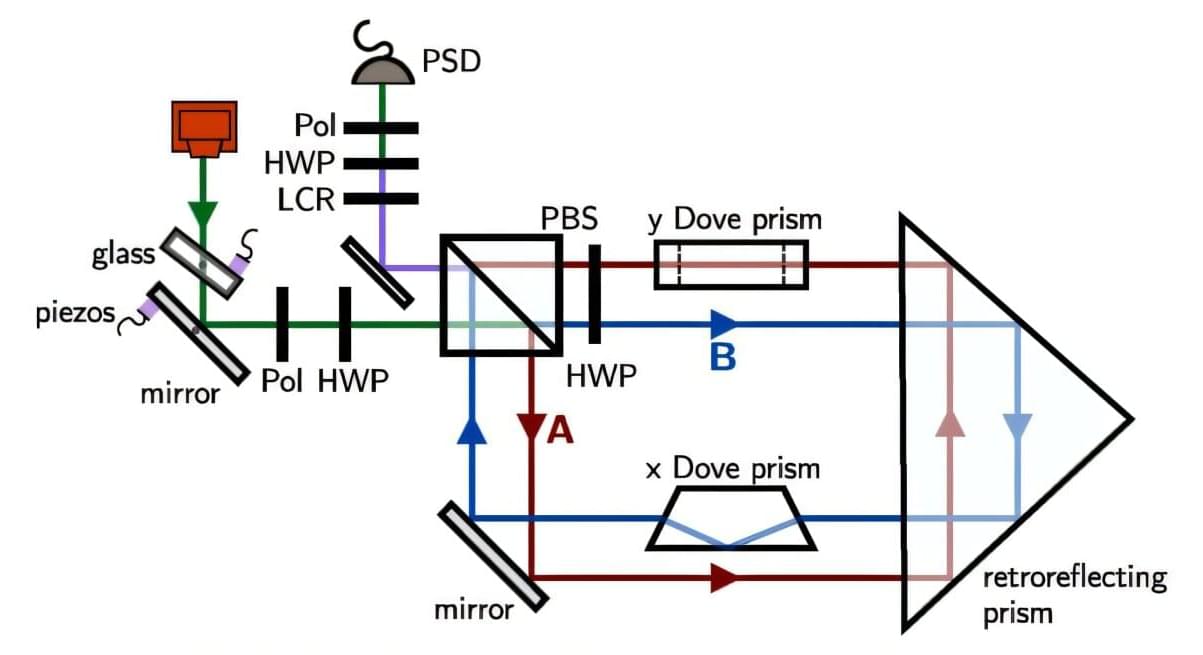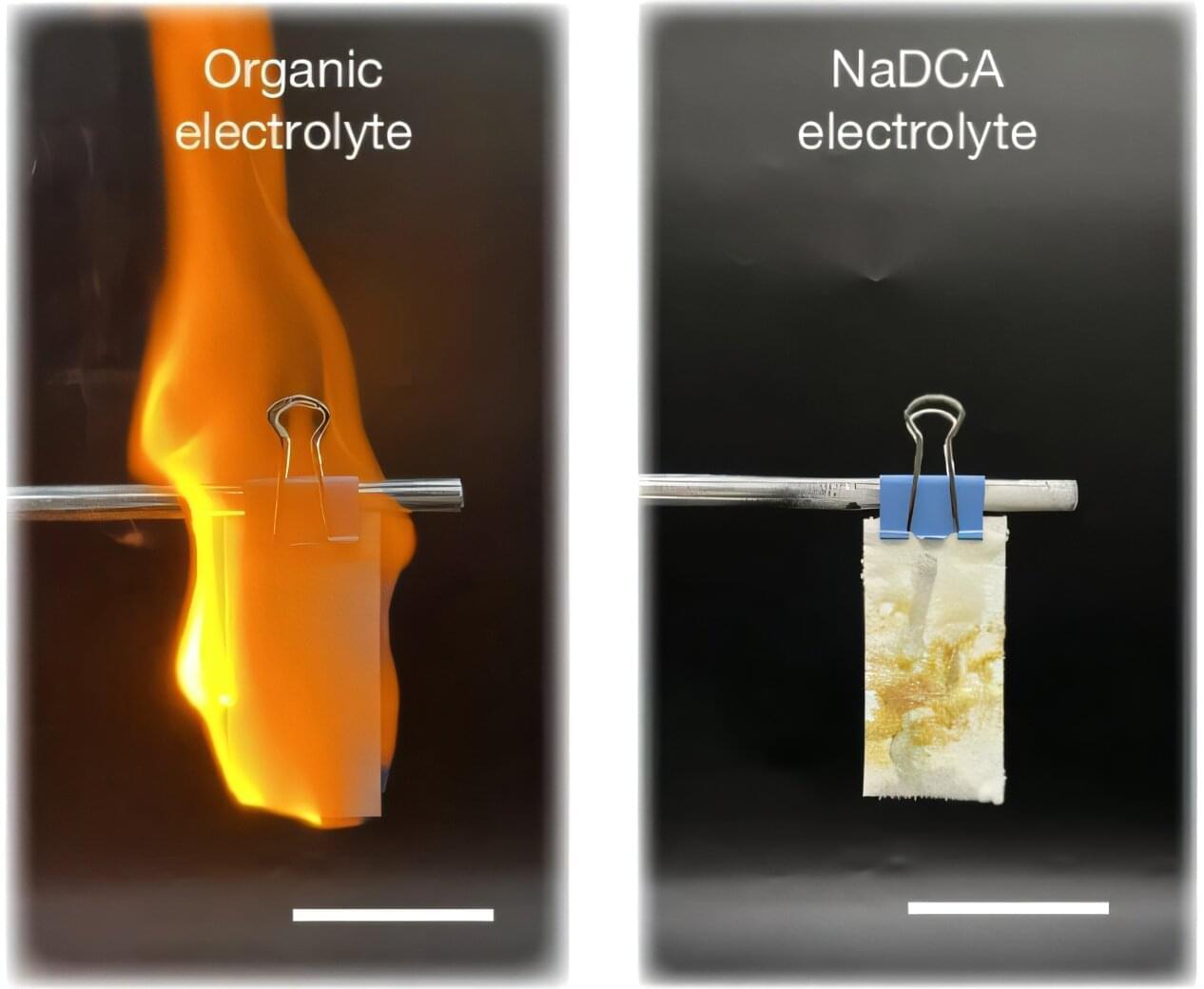Precision and timing of gene expression is essential for normal biological functions and, when disrupted, can lead to many human diseases, including cancers. However, how molecular machines—protein complexes—that control gene expression locate to specific genes at specific times within the nuclei of our cells has remained a mystery.
Now, scientists at Dana-Farber Cancer Institute have discovered a new protein domain, SWIFT, found on a major chromatin remodeling complex family called mammalian SWI/SNF (mSWI/SNF or BAF) complexes, which helps these regulatory machines target particular genes to activate their expression.
The findings, published in Science, reveal how the SWIFT platform on mSWI/SNF complexes engage transcription factors (TF) to enable specialized cellular functions during both normal development and cancer. Particularly in human cancers, SWIFT-TF engagement sustains cancer-promoting gene expression and cell growth. Notably, breaking interactions with mutations halts cancer cell growth, flagging this new SWIFT-TF platform as a promising target for small molecule development.








